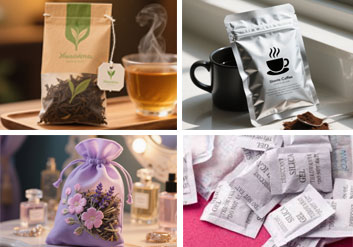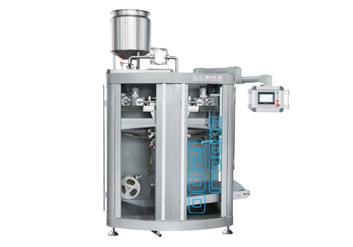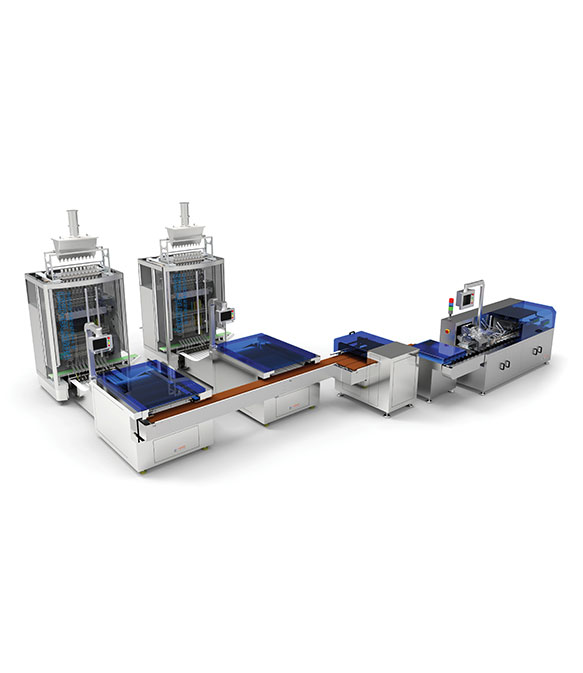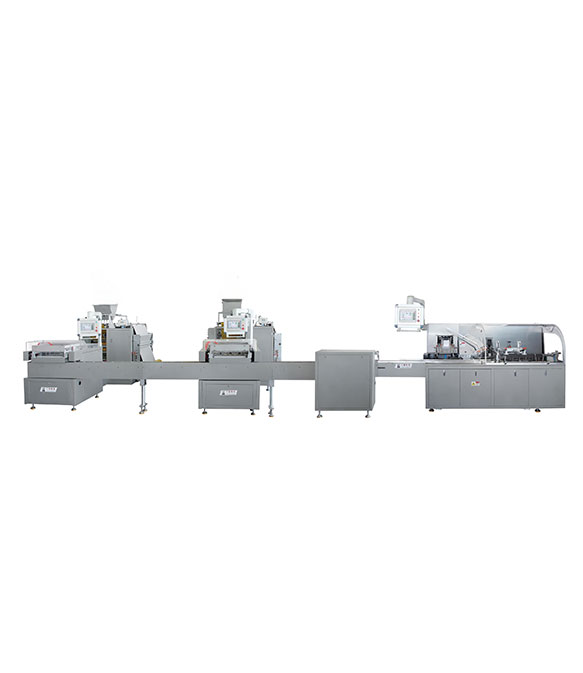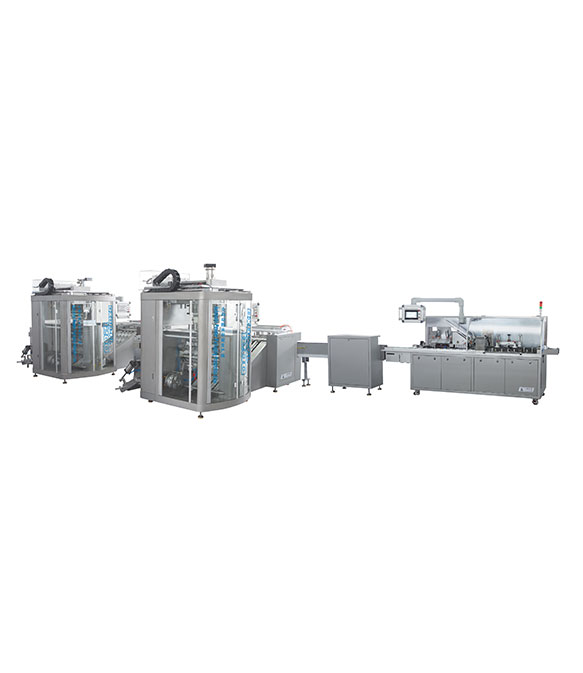Selecting the right powder packaging machine is a critical decision that impacts your product quality, operational efficiency, and bottom line. With a myriad of options available, the choice can seem overwhelming. The key to success is a methodical evaluation of your specific needs across five essential areas.
1. Powder Properties:
The characteristics of your powder are the single most important factor in determining the right machine. A machine that works perfectly for flour will likely fail with protein powder.
Flowability (Angle of Repose): Does your powder flow like water (e.g., salt) or is it cohesive and clumpy (e.g., whey protein or cocoa)? Free-flowing powders work well with auger filler systems, while cohesive powders often require a paddle-style auger or a vacuum filler for accuracy.
Bulk Density: This is the mass per unit volume. Light, fluffy powders (like spices) take up more volume and require a larger scoop or auger to achieve the target weight compared to dense powders (like sand).
Abrasiveness: Highly abrasive powders (e.g., certain ceramics, minerals) will wear down standard equipment quickly. You will need a machine with hardened surfaces, ceramic-coated augers, or specific wear-resistant alloys.
Hygroscopicity: Does the powder absorb moisture from the air? If yes (e.g., sugar, salt), you may need a machine with integrated nitrogen flushing or dehumidification systems to prevent clumping and ensure consistent dosing.
Particle Size and Shape: Fine powders (like flour) can create dust, requiring excellent dust extraction systems. Irregularly shaped particles can affect how the powder packs and flows.
2. Packaging Specifications:
Your machine must be capable of creating the package you envision for the market.
Bag Type: Are you making pillow bags, flat-bottom bags (stand-up pouches), gusseted bags, or stick packs? Each type requires different forming, sealing, and handling mechanisms.
Bag Material: The type of film (e.g., poly, foil, woven PP) and its thickness determine the sealing method needed (impulse sealer, constant heat, ultrasonic sealer).
Bag Size and Weight Range: What is your target weight? The machine's dosing system must be precise within your entire range. Also, consider the physical dimensions of your bags.
Speed Requirements: How many bags do you need to produce per minute, hour, or shift? Your required output is a primary driver for the level of automation.
3. Production & Operational Needs:
Consider the environment where the Powder Packaging machine will live and how it fits into your workflow.
-
Level of Automation:
-
Manual: Operator hand-holds the bag under the filler. Lowest output.
-
Semi-Automatic: Operator places the bag on a fill head, and the machine does the rest. Good for mid-volume and changeovers.
-
Fully Automatic: Integrated from roll stock to finished bag, including bag forming, filling, and sealing. Highest output and consistency, highest upfront cost.
-
-
Changeover Frequency: Do you run the same product all day, or do you need to switch between different powders and bag sizes frequently? Look for machines with quick-change parts and recipe memory.
-
Floor Space: How much physical room do you have in your production area?
-
Integration: Does the machine need to integrate with existing upstream or downstream equipment?
-
Hygiene & Safety: For food, pharmaceutical, or chemical applications, you may need specific sanitary designs (e.g., USDA, FDA, cGMP compliant), easy-clean surfaces, and dust-tight construction.
4. Machine Quality & Manufacturer:
The machine's build quality and the company behind it are investments in your future reliability.
Construction: Look for a robust frame and components (e.g., food-grade stainless steel contact parts, high-quality servomotors). Avoid flimsy construction.
Control System: A modern, intuitive PLC-based HMI (Human-Machine Interface) makes operation, troubleshooting, and recipe changes much easier.
Supplier Reputation: Choose an established manufacturer with a proven track record. How long have they been in business?
Service and Support: This is critical. What is their lead time on spare parts? Do they offer installation, training, and ongoing technical support? Is there a local service technician?
References and Demos: Ask for customer references in your industry. Always request a live or recorded performance test using your product to see the machine in action.
5. Budget & ROI:
Your budget must be viewed through the lens of Total Cost of Ownership (TCO) and Return on Investment (ROI).
Initial Purchase Price: This is the obvious cost, but not the only one.
Operating Costs: Consider costs for utilities (compressed air, power), spare parts, and preventative maintenance.
Labor Savings: A more automated machine may have a higher price but can significantly reduce labor costs and human error, paying for itself over time.
Product Savings: A highly accurate filler reduces "giveaway" (putting more product in the bag than necessary) and waste, saving money on every single bag.
Downtime Costs: A cheap, unreliable machine that constantly breaks down will cost you far more in lost production than a robust, dependable one.
Conclusion
Selecting the right powder packaging machine requires a thorough assessment of your powder properties, packaging specifications, production needs, machine quality, and budget. By addressing the FAQs above, you can make an informed decision that aligns with your business goals and ensures a smooth, efficient production process. Remember to consult with manufacturers to discuss your specific requirements—they can provide tailored recommendations to help you find the perfect machine for your needs.
FAQ
Q1: What is the most accurate type of powder filler?
For most applications, a servo-driven auger filler provides the highest accuracy, especially for difficult powders. For extremely precise, small-weight dosing of fine powders, a vacuum volumetric filler can be an excellent choice.
Q2: I need to package multiple different powders. What should I look for?
Prioritize a machine with quick-change parts (like augers and hoppers) and recipe memory on the control panel. This allows you to save settings for each product (auger speed, dose weight, etc.) and switch between them rapidly with minimal downtime and calibration.
Q3: My powder is very dusty. What features are essential?
Look for machines with integrated dust collection ports that can be hooked up to your facility's dust extraction system. Sealed fill heads and designs that minimize powder agitation during the dosing process are also crucial.


